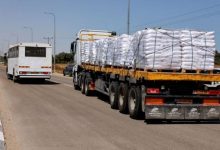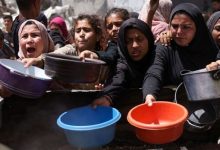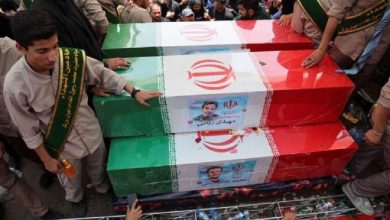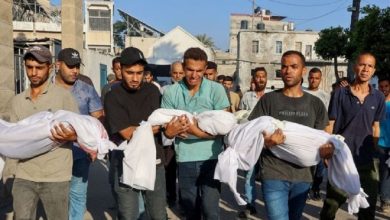Challenges in Documenting and Verifying Gaza’s Casualty Numbers Amid Israeli Doubt and Global Scrutiny
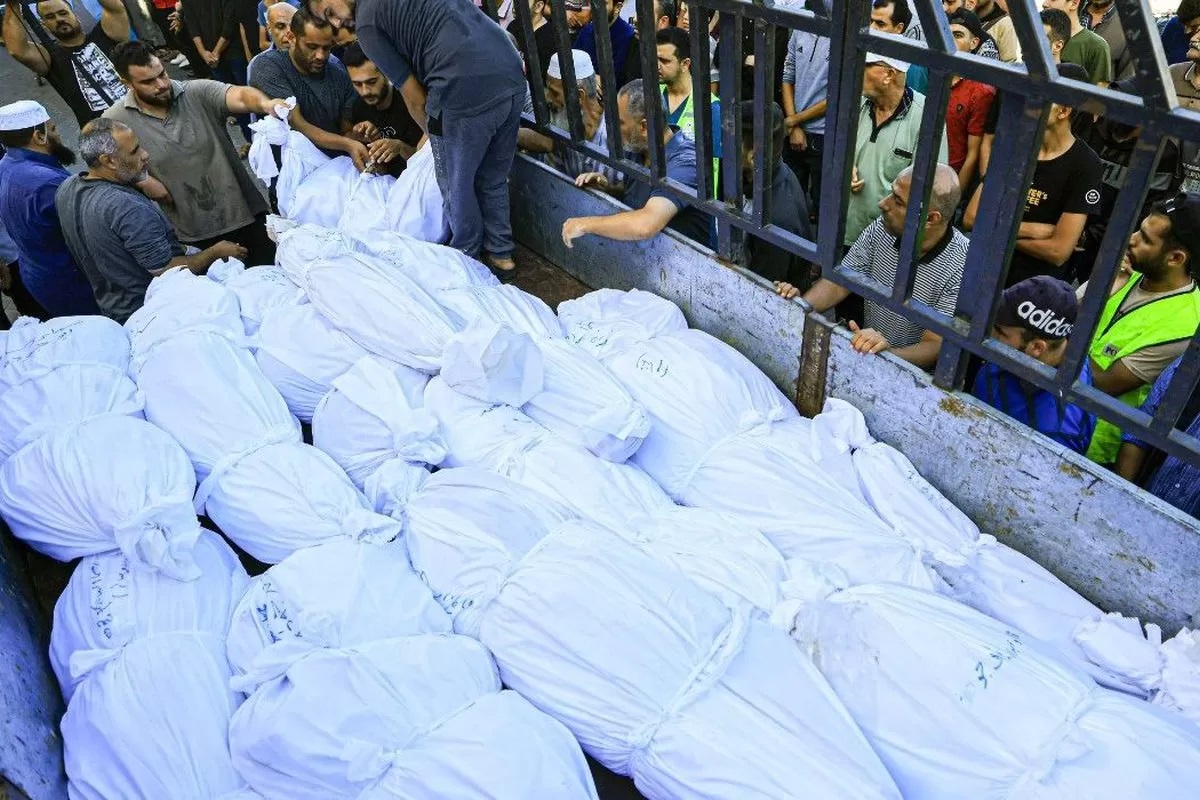
Watan-Despite the testimony of major humanitarian organizations worldwide, confirming the accuracy of the numbers of victims of Israeli massacres and documenting them with names, videos, and facts, Israel insists on casting doubt on this ethical issue. It questions how casualties are counted in Gaza, especially under the conditions of war, in an attempt to evade direct responsibility for these massacres.
It is not only the occupation or some Western governments that doubt the numbers of casualties in Gaza. The skepticism has extended to some Arab Zionists in Arab countries and Gulf states who propagate the Israeli narrative.
Al Jazeera shed light on this issue in a report, exploring how victims are documented in times of war and siege—a complex issue, especially with intermittent communication between hospitals.
Documenting the numbers of martyrs undergoes a complex mechanism
The process begins with transferring the victims to the hospital, where specialists take on the complete documentation of the victim’s data, including full name, ID number, injury status, cause of martyrdom, and timing.
After registering the victims, the data is sent to an electronic system, through which the spokesperson for the Ministry of Health, Ashraf al-Qudra, announces updates to the figures. If communication is temporarily cut off with some hospitals due to war, the ministry attempts to reach out to their administrations through alternative means to confirm the numbers.
Officials in Gaza affirm that the actual number of victims may be higher than announced because the documentation process involves recording the complete data of the martyr. This means not registering those martyrs who are immediately buried without being taken to the hospital or those whose bodies cannot be found for various reasons.
قضية أخلاقية تحرص إسرائيل على إثارة الشكوك فيها.. كيف يتم إحصاء الشهداء في غزة؟#رقمي #حرب_غزة pic.twitter.com/COSmOpztkB
— الجزيرة فلسطين (@AJA_Palestine) December 4, 2023
Dr. Ghassan Abu Sitta, a specialist in documenting martyrs, pointed out that “most deaths occur at home, and we have not been able to identify those people, so we have not recorded them.”
The report further notes that the current documentation mechanism has received approval from the United Nations and Human Rights Watch after being scrutinized by international companies specialized in tracking victims, compared to statistics from previous wars that proved their accuracy.
However, the mechanism faced criticism from U.S. President Joe Biden, who, at the beginning of the war, called for “not believing the numbers coming from the Palestinians” without providing any evidence to journalists for his skepticism.
In response, the Ministry of Health in Gaza issued a long list the next day containing data for six thousand martyrs who had fallen up to the day of Biden’s statement.
Ironically, the White House administration later made contradictory statements to Biden’s remarks. Foreign Affairs official Barbara Leaf confirmed that the numbers of victims in Gaza are higher than announced and may be higher than cited.

